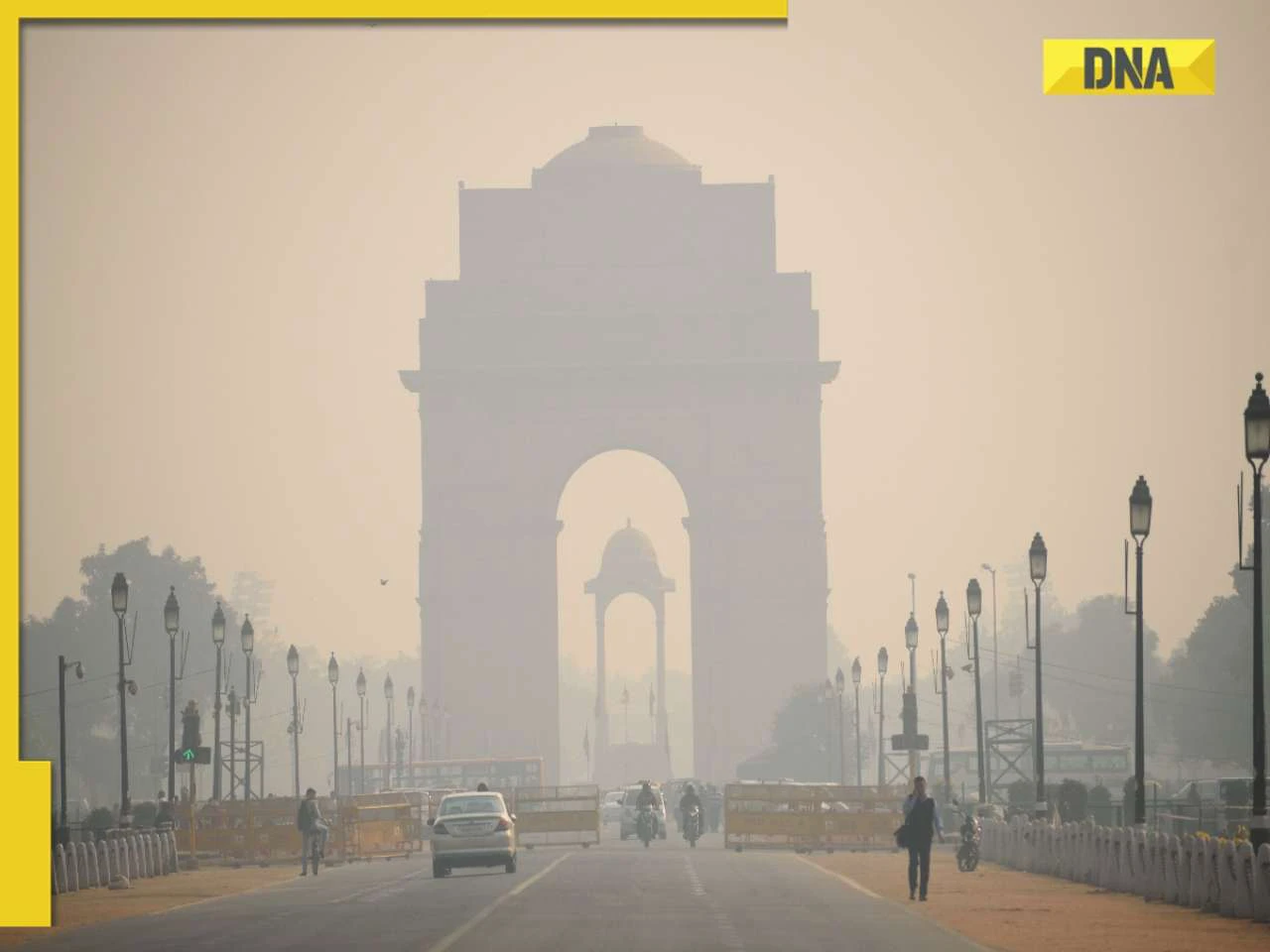Should a state of public health emergency be declared, keeping in mind the level of air pollution in the National Capital Territory of Delhi?
Delhi registered an AQI at 278 in the ‘poor’ category on Thursday. As the condition is most likely to worsen and the pollution levels are expected to be ‘very poor.’ Considering the scenario, holistic health coach and wellness expert Luke Christopher Coutinho has filed a PIL in the Supreme Court. He has sought judicial intervention to tackle a “persistent and systemic failure” in addressing the country’s rising air pollution levels, which have reached proportions of a “public health emergency.”
Supreme Court PIL air pollution
Coutinho has made the Union government, Central Pollution Control Board (CPCB), Commission for Air Quality Management (CAQM), several Union ministries, NITI Aayog, and the governments of Delhi, Punjab, Haryana, Uttar Pradesh, Bihar, and Maharashtra parties. He has said in the petition that the current air pollution crisis has reached the proportions of a “public health emergency,” violating citizens’ fundamental right to life and health under Article 21 of the Constitution. He has asked the court to declare air pollution a national public health emergency and formulate a time-bound national action plan.
Public health emergency in Delhi
The petition says, “The National Clean Air Programme (NCAP), launched in 2019 with the target of reducing particulate matter by 20-30 percent by 2024 (subsequently extended to 40 percent by 2026), has not met its modest objectives. As of July 2025, official data reveals that only 25 of the 130 designated cities have achieved a 40 per cent reduction in PM 10 levels from the 2017 baseline, while 25 other cities have in fact seen an increase.”
Diwali Delhi AQI
Air pollution reached a record level after Diwali. According to the Indian Institute of Tropical Meteorology, the AQI level reached 418 at Bawana, 408 at Wazirpur, 404 at Jahangirpuri, 393 at Shadipur, 386 at Burari Crossing, and 375 at Punjabi Bagh in the morning following the festival of lights. According to the Central Pollution Control Board, an AQI between 0 and 50 is considered good, 51 and 100 satisfactory, 101 and 200 moderate, 201 and 300 poor, 301 and 400 very poor, 401 and 450 severe, and above 450 severe-plus.
